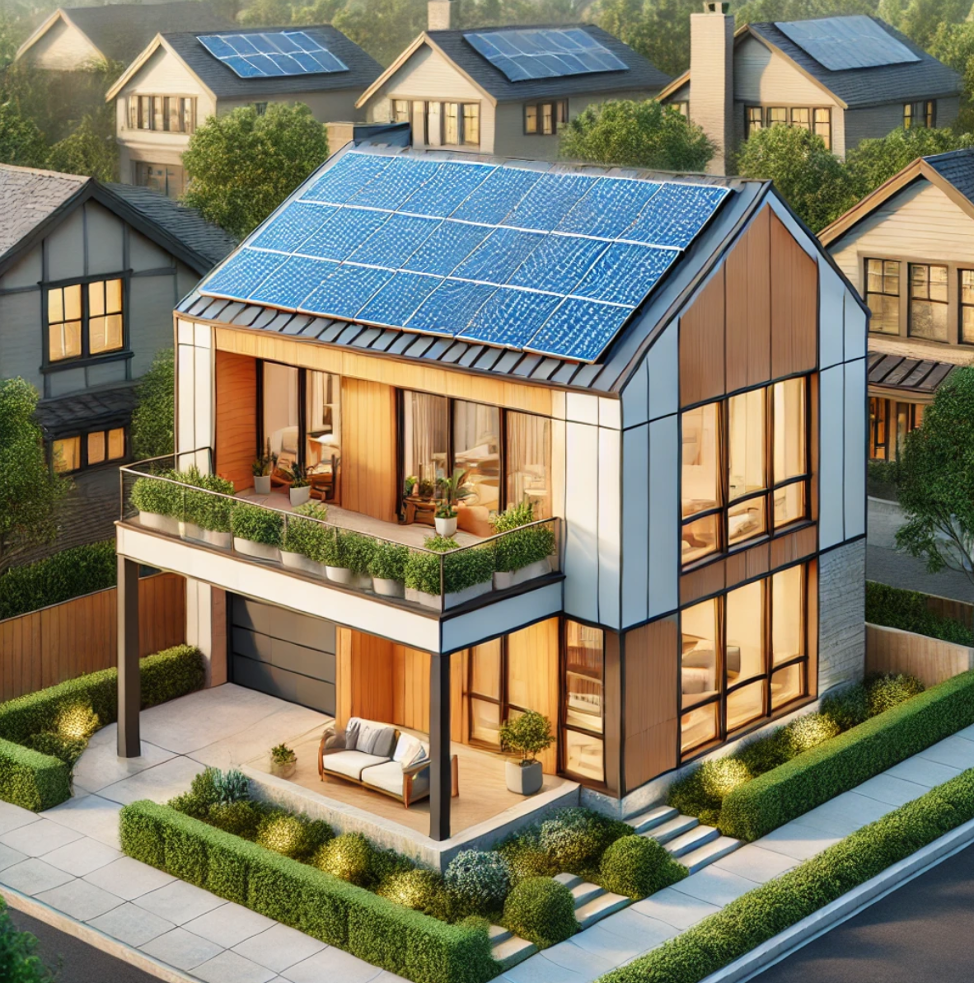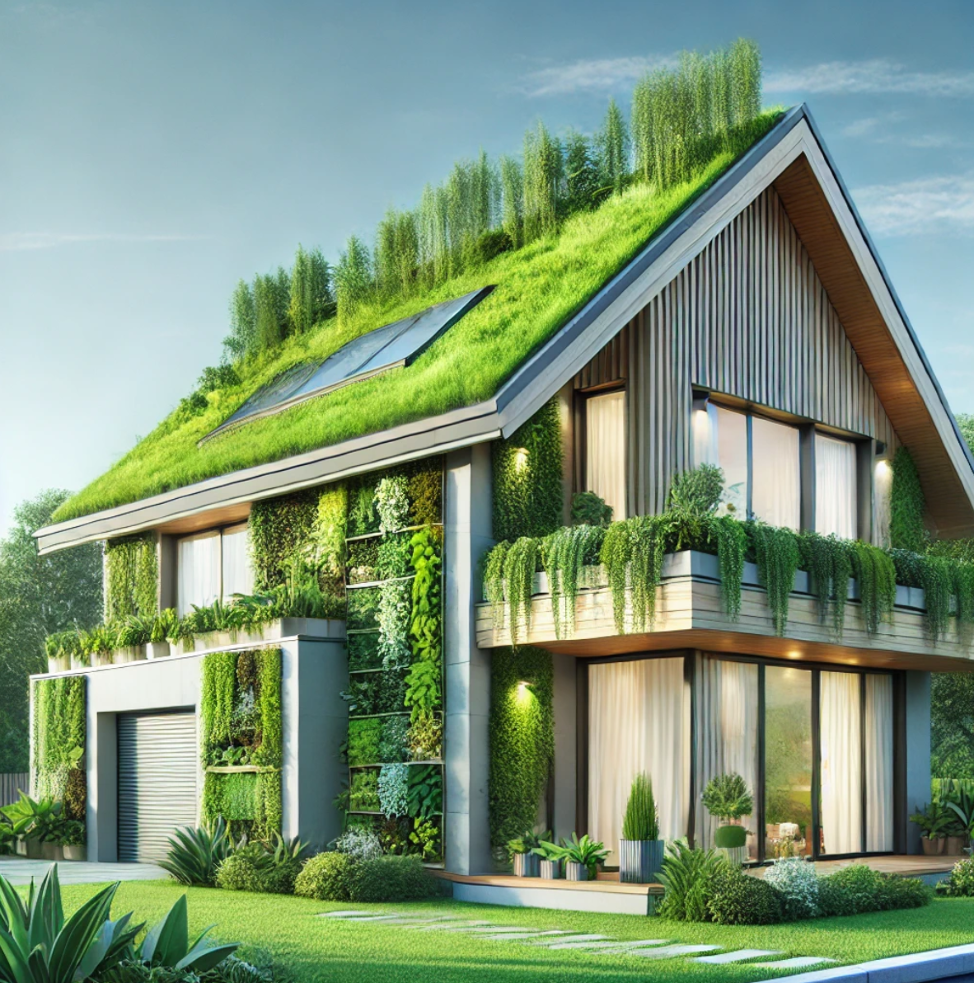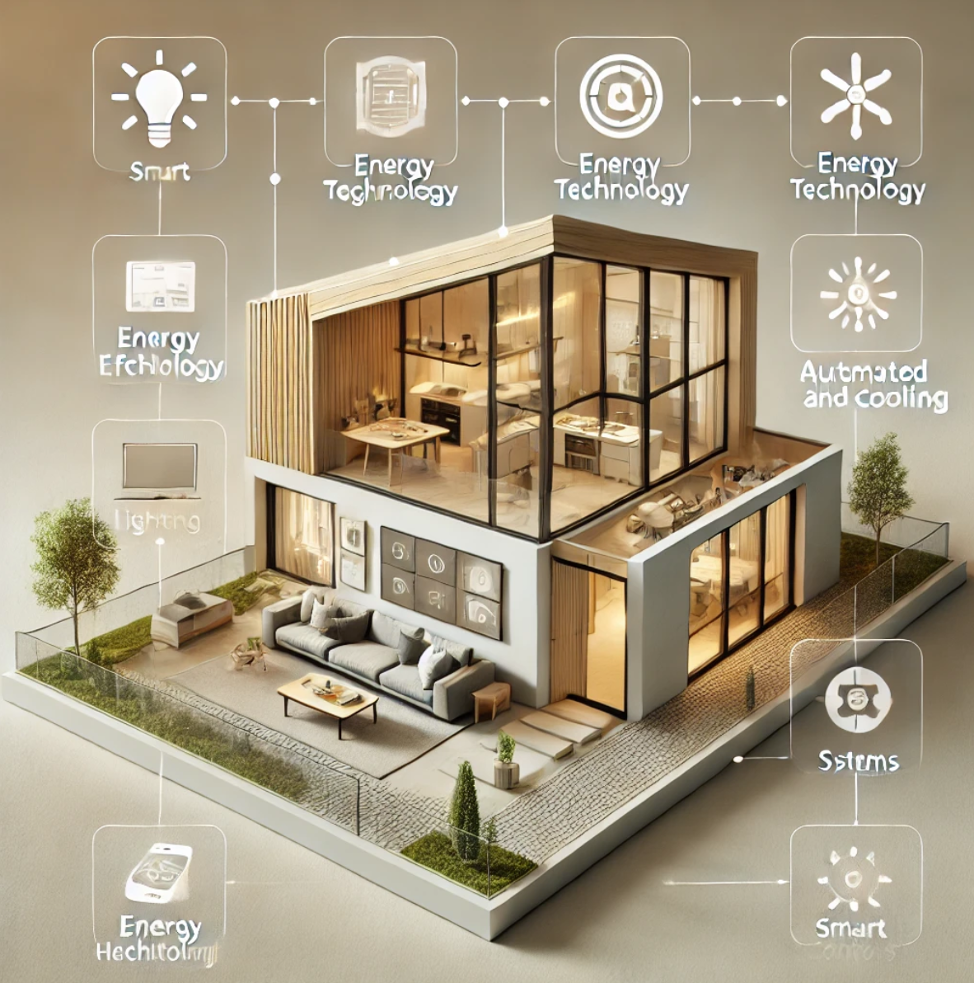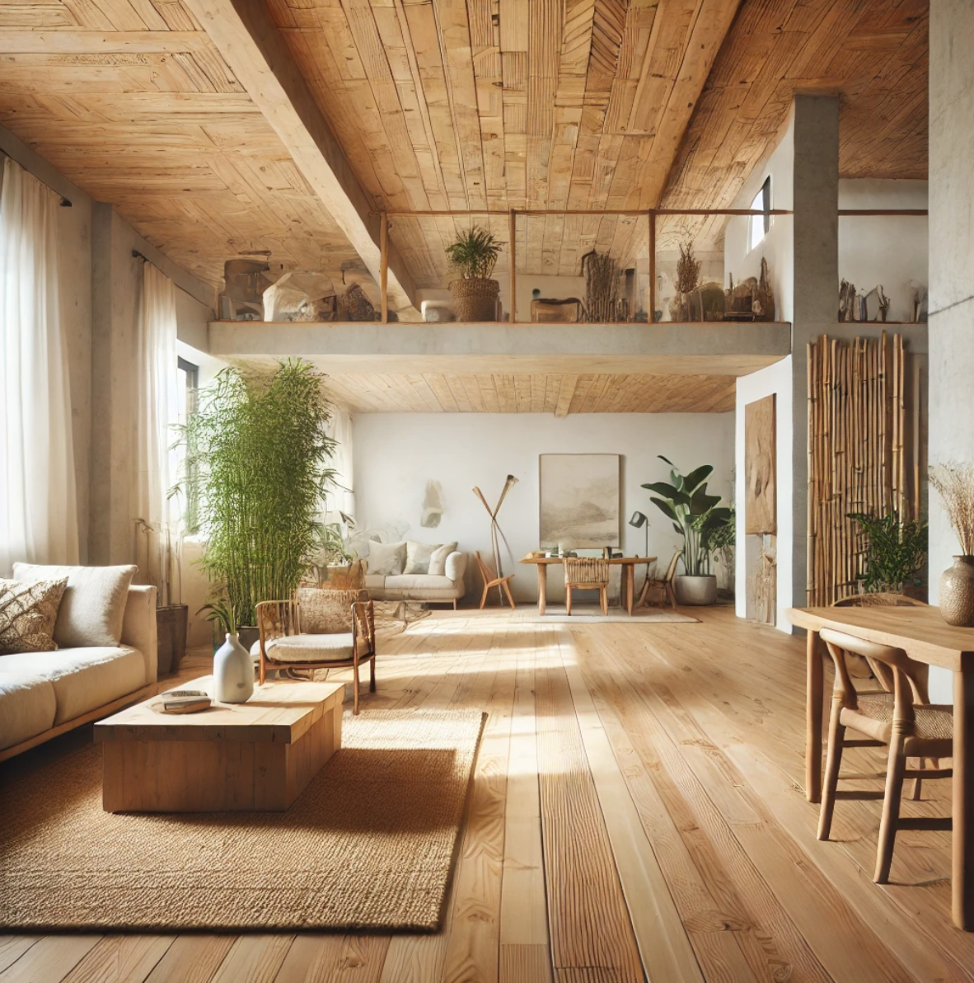In a world increasingly aware of the environmental impact of our lifestyle choices, sustainable homes have become a beacon for environmentally conscious living. These eco-friendly dwellings are designed to reduce carbon footprints, conserve resources, and promote healthier living environments. Eco-friendly house tours offer a glimpse into the future of sustainable architecture and interior design, where innovation meets responsibility. Let’s take an in-depth look into what makes these homes so appealing, and why they are becoming a significant trend for homeowners, builders, and architects alike.
The Fundamentals of a Sustainable Home

Sustainable homes are designed with the primary goal of minimizing the negative impact on the environment. These homes are constructed using eco-friendly materials, energy-efficient systems, and designs that prioritize natural resources. Here are some of the essential elements that define a sustainable home:
- Energy Efficiency: Energy-efficient appliances, lighting, and heating systems are critical in reducing energy consumption. Many sustainable homes utilize solar panels, wind energy, or geothermal systems to generate power. High-quality insulation, energy-efficient windows, and smart home systems also contribute to lower energy usage.
- Water Conservation: Eco-friendly homes incorporate rainwater harvesting systems, low-flow fixtures, and greywater recycling. These systems help reduce water waste, making sustainable homes more environmentally responsible in areas prone to drought or water shortages.
- Sustainable Materials: The materials used in constructing sustainable homes often include reclaimed wood, recycled metal, and non-toxic paints and finishes. The use of local materials also reduces the carbon footprint associated with transporting goods long distances.
- Passive Solar Design: Many sustainable homes are designed to make the most of natural sunlight. Large windows, skylights, and strategically placed rooms reduce the need for artificial lighting and heating. Homes are often positioned to face the sun, maximizing the benefits of passive solar heating.
The Importance of Sustainable Architecture

Sustainable architecture is more than just a trend; it’s a necessity in a world facing climate change and dwindling natural resources. Green architecture seeks to balance aesthetics with environmental responsibility. This means incorporating natural elements, minimizing waste during construction, and ensuring that the home is designed to last.
Architects who specialize in eco-friendly designs are often focused on the long-term impact of the homes they create. Their designs not only reduce energy consumption but also ensure that the building materials themselves are sustainable. For example, using bamboo flooring, which grows quickly and replenishes easily, is far more sustainable than traditional hardwood.
Touring Sustainable Homes: What to Expect

An eco-friendly house tour offers insight into how sustainability can be achieved without sacrificing style or comfort. Visitors on these tours can expect to see innovative features, practical applications of green technology, and creative uses of natural materials. Here are some highlights to look for during a sustainable home tour:
- Solar Panels and Renewable Energy: Many sustainable homes feature rooftop solar panels or nearby wind turbines that generate electricity for the home. Some homes even have battery storage systems, allowing them to store excess energy and reduce reliance on the grid.
- Green Roofs and Vertical Gardens: A growing trend in sustainable architecture is the use of green roofs and vertical gardens. Green roofs provide insulation, reduce stormwater runoff, and create a habitat for wildlife. Vertical gardens not only improve air quality but also help regulate the temperature inside the home.
- Innovative Water Systems: Rainwater harvesting systems, greywater recycling, and water-efficient landscaping are key features of many eco-friendly homes. These systems allow homeowners to conserve water without sacrificing functionality or beauty.
- Smart Home Technology: Many sustainable homes are equipped with smart technology that monitors energy use, adjusts lighting based on occupancy, and controls heating and cooling systems to maximize efficiency.
- Natural Materials and Finishes: Sustainable homes often make use of materials like bamboo, cork, and recycled metal. Additionally, non-toxic finishes and paints are used to create a healthier indoor environment.
Benefits of Living in a Sustainable Home

While the environmental benefits of living in a sustainable home are clear, there are also several personal and financial advantages. Here are some of the top benefits:
- Cost Savings: Although sustainable homes may require an upfront investment, they often result in lower utility bills thanks to energy-efficient systems and renewable energy sources. Over time, homeowners save money on electricity, water, and heating.
- Healthier Living Environment: Sustainable homes promote healthier indoor air quality by using non-toxic materials and improving ventilation. This can reduce the risk of respiratory issues, allergies, and other health problems.
- Increased Property Value: As more people become interested in eco-friendly living, sustainable homes are growing in market value. Homes that are energy-efficient and environmentally responsible tend to have higher resale values and attract buyers seeking long-term savings.
- Reduced Environmental Impact: By using fewer resources and producing less waste, sustainable homes help protect the environment for future generations. Homeowners can take pride in knowing they are contributing to the reduction of greenhouse gases and the conservation of natural resources.
- Resilience to Climate Change: Sustainable homes are often better equipped to handle the impacts of climate change, such as extreme weather events. Features like energy-efficient windows, green roofs, and renewable energy sources make these homes more adaptable and resilient.
How to Incorporate Sustainability into Your Own Home
If you’re inspired by the eco-friendly house tours, you may be wondering how you can bring some of these sustainable practices into your own home. Here are a few simple ways to get started:
- Install Solar Panels: While the initial cost may seem high, solar panels can significantly reduce your energy bills over time. Look for government incentives or tax rebates that may be available to help offset the cost.
- Upgrade to Energy-Efficient Appliances: Replacing old appliances with energy-efficient models can lower your electricity usage and reduce your carbon footprint.
- Use Low-VOC Paints: Volatile organic compounds (VOCs) are harmful chemicals found in many paints and finishes. Switching to low-VOC products can improve indoor air quality and make your home healthier.
- Plant a Green Roof or Vertical Garden: If you have the space, adding greenery to your roof or walls can improve insulation and reduce energy costs. Plus, it enhances the aesthetic appeal of your home.
- Conserve Water: Consider installing low-flow faucets and toilets, and make sure to water your garden responsibly. Rainwater harvesting systems are a great way to reduce water usage in your home.
Conclusion: A Greener Future Through Sustainable Homes
Sustainable homes represent the future of living, where environmental responsibility is prioritized alongside comfort and design. Eco-friendly house tours offer a firsthand look at how these homes function, giving us the inspiration to incorporate sustainable practices into our own lives. Whether through the use of renewable energy, eco-friendly materials, or smart home technology, the goal is clear: to create homes that are as kind to the planet as they are to the people who live in them.

